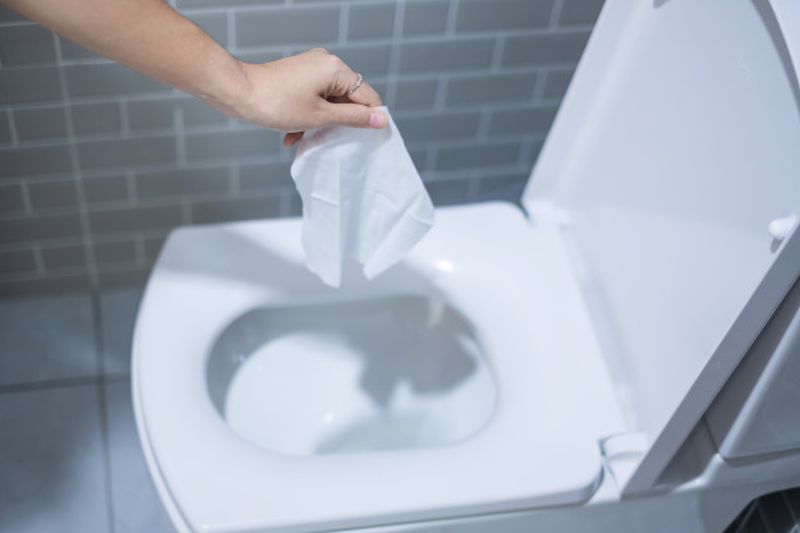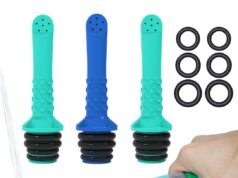Most toilet paper is biodegradable, but the introduction of flushable wipes has many people concerned over the biodegradability of such products. In this article we explore, are Cottonelle flushable wipes biodegradable? We also discuss the general flush-ability and biodegradability of wet wipes. It is a general known fact that you should not flush toxic chemicals or items that may clog the sewer system. However, the flush-ability of wet wipes has been in question.
Cottonelle Wipes Background Information
In 2008, an industry standard organization known as the Association of Nonwoven Fabric Industries (INDA) created a testing system for wipes to be labelled ‘flushable’. According to the INDA flushable standard, a wet wipe must pass seven rigours tests that examine the ability of the wipe to biodegrade, disintegrate, and pass through municipal sewer lines. However, there is no actual requirement for manufacturers to meet this standard as it is not mandated by the government – it’s voluntary.
Cottonelle wipes are made by Kimberley-Clark which also manufactures the Scott brand toilet-paper products. Cottonelle and Scott flushable wipes both use Kimberly-Clark’s SafeFlush patented technology. Within this technology, the use of certified wood pulp fibers is exemplified. The part that makes the wipes ‘wet’ is a water-based solution. There is no alcohol, soaps, or oil used. However, preservatives are used by Kimberly-Clark does admit to NOT using harmful preservatives such as formaldehyde, methylisothiazolinone, parabens, triclocarbon, or triclosan. As mentioned earlier, INDA guidelines exist to promote sustainability in the non-woven fabrics industry and as a participant Kimberly-Clark does adhere to the seven-test system to ensure flush-ability of the wipes.
Here is an overview of the seven tests:
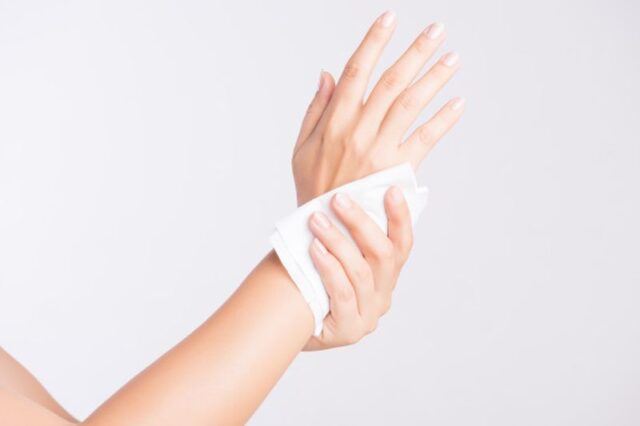
FG501 – Toilet and Drain-Line Clearance Test
This is a test to ensure that the wipes do not physically block toilet and plumbing systems and should move effectively along sewage lines. No more than one out of the total 35 flushes conducted may result in a clog requiring the use of a plunger. Simulated fecal material is used during the test so that it can imitate real world circumstances.
FG502 – Slosh Box Disintegration Test
This test covers the ability of the wipes to break up when subject to mechanical agitation by water. For example, does the wipe break up when up against the swirl of water during a flush?
FG503- Household Pump Test.
This test assesses the ability for a wipe to not clog the standard household sewage ejector pump. This test takes a total of 6 days to complete and the passing criteria is that no more than the number of wipes loaded daily may exceed the number of wipes remaining in the basin between the second and sixth day.
FG504 – Settling Test
This test examines whether the wipe will rest in settling chambers such as onsite aerobic systems, sumps, or septic tanks that are commonly found in municipal wastewater treatment plants. To pass the test, 95 percent of the wipes must settle.
FG505 – Aerobic Bio-disintegration
This is the fifth test that examines the ability of the wipe to biologically biodegrade under standard conditions found in municipal wastewater treatment plants. Aerobic process means that a biochemical or biological meditated process occurs alongside molecular oxygen.
FG506 – Anaerobic Bio-disintegration.
Anaerobic bio-disintegration tests that the potential for the wipes to biologically disintegrate in municipal wastewater treatment systems. This test along with test FG505 have two parts that test both bio-disintegration and biodegradation. Anaerobic process means that a biochemical or biological mediated process occurs during the presence and sometimes absence of oxygen.
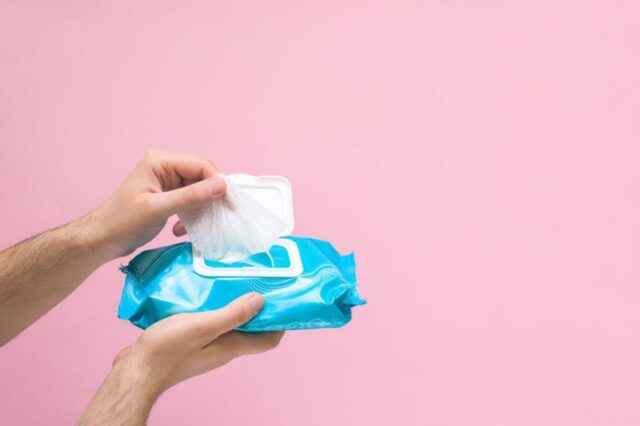
FG507 – Municipal Pump Test
The final test assesses the ability for the wipes to move according to the municipal sewage pumping systems.
Some portions of these tests are standardized as part of the Organization for Economic Cooperation & Development (OECD).
The flush-ability guidelines are set out by INDA and EDANA.
The inherent challenge lies with the fact that while the maneuverability of the wipes makes them flushable, it does not mean they are biodegradable. In fact, municipalities around the world have pointed fingers at the use of so called ‘flushable’ wipes for the creation of fatbergs. Fatbergs are congealed mass in a sewage system that is formed by a combination of non-biodegradable solids and congealed grease such as cooking oil. Essentially, they are big sections of matter that clog the sewer system. A simple search for the term ‘fatberg’ will lead you to find that almost always the term ‘wet wipes’ will surface alongside. And it is due to the creation of massive fatbergs in and around the world that has led to a potential ban on the use of wet wipes in Britain.
Biodegradability of Cottonelle Wipes
Now we bring in the concern of biodegradability. Even if the wet-wipes are effectively flushable and can transport themselves through the sewage water system, does that mean they will also biologically disintegrate into organic matter? Kimberly-Clark does acknowledge that wet wipes are not biodegradable but only in the case of those that are not meant to be flushed in the first place. For example, baby wipes and makeup wipes are not meant to be flushed because they do not biodegrade in sewage systems. However, Cottonelle wipes do not use any plastic fibers such as those found in household, makeup, and baby wipe products.
The challenge in the standards established by industry associations such as INDA and EDANA is that they often may support the companies that sell the wipes. Many critics argue that a level of bias may lead into associations granting manufacturers flush-ability status or making the tests not rigours enough to meet the standards of modern-day municipal sewage systems. If municipalities are having significant troubles with managing the formation of fatbergs and it is leading to the development of unnecessary maintenance costs, perhaps it is time to establish a municipal committee to setup a national standard to examine the flushable and biodegradable toilet wet wipes.
Commentators certainly agree that there should be some form of a national municipality commission to set the standard for whether a wipe is flushable and biodegradable or not. After all, it is the municipalities that are most economically and environmentally affected by the accumulation of wet wipe fatbergs in municipal sewage and wastewater treatment plants. The problem of self-regulation is one such issue that does plague many industries where there is no governmental oversight. The trend for wet wipes is growing and has reached a significant level in comparison to the use of toilet paper. Brands such as Charmin, Cottonelle, Scott, Kandoo, and DUDE wipes have been favorites among consumers.
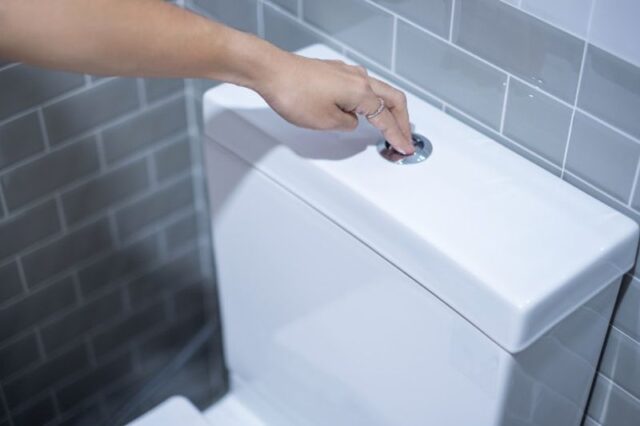
Adhere to the ‘Do Not Flush Symbol’
There is strong consensus to believe that the reason why many municipalities believe that wet wipes are to blame for their clogged sewage systems is because most wipes are not meant to be flushed in the first place. However, there is little distinction between whether INDA approved wipes are specifically to blame for the clogging in septic tank and wastewater treatment centres. Remember, once the wipes are flushed down the toilet it is very difficult to tell which brand or type of wipes was used, it is merely enough to identify that it is a wet wipe.
As a result, the best recommendation from Sustainability Energy LLC is to adhere to the manufacture labelling of products that have a ‘Do Not Flush’ symbol. This symbol has been promoted by EDANA and companies such as Cottonelle and Scott are following route with positioning this label on their baby wipe and household cleaning wipe products.
The ‘Do Not Flush’ symbol is found in the following types of products:
- Wet floor cleaning wipes
- Plant/garden wipes
- Shoe polishing wipes
- Electrostatic dry floor cleaning wipes
- Glass/screen cleaning wipes
- Automotive wipes
- Furniture polishing wipes
- Glasses lenses cleaning wipes
- Hand sanitizing wipes
- Makeup removal wipes
- Hard surface, granite, marble cleaning wipes
- Personal care wipes such as Anti-Aging, Sunscreen, or Body Cleansing.
- General purpose or disinfecting wipes.
Best Flushable Wipes for the Environment
Here is a list of flushable wipes that are biodegradable and safe for the environment. Keep in mind that this is not a general brand endorsement and our recommendation lies only with these specific products.
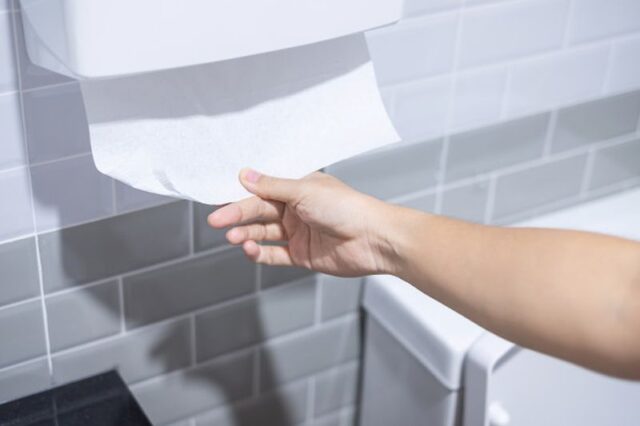
Cottonelle® Flushable Wipes
The Cottonelle wipes are flushable and septic tank safe. They are designed with CleaningRippes texture to ensure a gentle and effective clean. They do not contain any plastics which may hinder their ability to biodegrade. In fact, they are made of wood-based fibers that begin to biodegrade as soon as they are flushed. They are somewhat costly depending on how much you generally spend on toilet paper. Buying bulk can help you save some money but a wipe will generally run you about 10 cents a piece.
SCOTT® FLUSHABLE WIPES
Scott Flushable Wipes are also made by the Kimberly Clark like Cottonelle. These wipes do not contain any fragrance, alcohol, or dyes but still boast the level of gentleness you expect from a wet wipe. Made with SafeFlush technology, they begin to break down as soon as they are flushed. Also, they are made of fibers that are 100 percent sourced from plants with no use of plastic. The ingredients found in Scott Flushable Wipes are water, sodium chloride, caprylyl glycol, coco-betaine, butoxy PEG-4 PG-amodimethicone, polysorbate 20, malic acid, sodium citrate, and sodium benzoate.
DUDE Flushable Moist Wipes
Dude Wipes are made from plant-based fibers and are alcohol and paraben free which is biodegradable friendly. These wipes do comply with INDA standards despite belief that their prototype did not pass the initial flush-ability test. However, they do have a TSA approval.
Should you avoid flushing down wipes altogether?
Altogether, if you can avoid flushing down anything besides toilet paper or human excrements it is the best-case scenario. The toilet is only designed to accept toilet paper, poo, and pee, and therefore if you can avoid flushing down wipes you should do that. Furthermore, because the sewage and waste management system are managed by individual municipalities, it makes it difficult to form a national standard that can be implemented across the country. Therefore, until municipalities establish for a fact and not just based on skepticism whether flushable wipes are safe for the sewers then we should avoid flushing wipes if we can. Simply, resort to tossing wet wipes in the garbage can after use.
Conclusion
In conclusion, there are many wipes that are advertised as flushable and even if these wipes do adhere to certain certification standards, these standards are established by industry associations. Municipalities themselves must step up and establish a national standard before wipes should be permitted to be flushed down the toilets.
After all, municipalities stand to bear most of the economic costs of clogged sewage systems and polluted wastewater treatment plants. While we do recommend the use of some wipes, these are to be used with caution and should be disposed of in the trash can until further evidence surfaces whether we can be certain that wet wipes do not directly lead to the accumulation of fatbergs. Until then, we must stick to flushing only excrements, urine, and toilet paper down the toilet. Doing so will prevent the formation of fatbergs, save on plumbing costs, and ensure that non-biodegradable matter does not accumulate in the environment.

